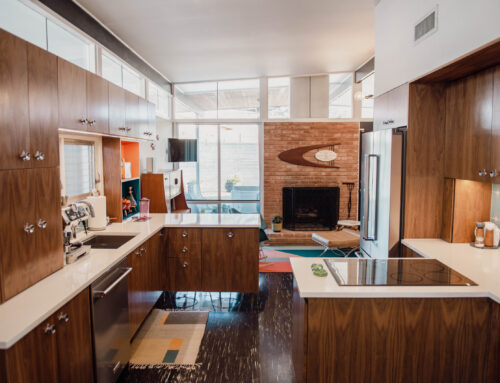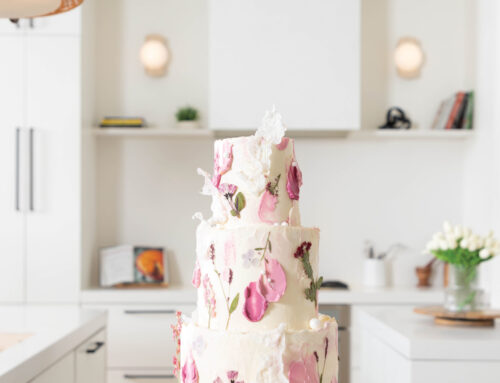About seven years ago, artist Kitty Skow was teaching a summer course on stained glass at St. John’s Episcopal School, where she is a teacher. Carol Brannen, a St. John’s nursery staff member at the time (she’s now a Pre-K teacher), was interested in learning the craft, but the popular class didn’t have room for her.
When Skow heard about Brannen’s interest, she asked her to serve as her assistant/apprentice, knowing that she’d need some help with so many students.
Call it a premonition on Skow’s part. Seven years later, the women remain good friends and creative partners, and they work together on many of the stained glass pieces they make.
It’s no wonder their alliance has lasted this long, really. To begin with, the complement each other well. While both are creative forces to be reckoned with, Skow serves as the workhorse (given the same project, she can finish it in a fraction of the time Brannen can, even while entertaining a guest), while Brannen is the one for whom life is all about innovation (the project might take her longer, but in the end, it will involve an element of the unexpected).
And despite the fact they work together at St. John’s and are friends outside of their professional and creative endeavors, they don’t seem to get on each other’s nerves. In fact, they can work in a space not much larger than most people’s dining rooms, using the same equipment and workstations, and never bump into one another. Sometimes, they’ll go long periods without even speaking and, when they do, it’s to quietly tease each other about their different work habits.
Skow is the stained glass veteran of the two, having learned the craft 17 years ago while living in South Dakota.
“I went to a craft show there at the time, and I saw a lady who had her [stained glass] pieces there,” Skow says. “And it was just one of those things where I knew I had to learn how to do it.”
She had been attracted to other creative enterprises in the past, experimenting with watercolors, crocheting and macrame through the years.
“But nothing else has hit me that way. It’s kind of physical. It takes some strength with the cutting and grinding and fitting, and that all appeals to me. I don’t know what that’s about,” she says with a laugh.
Brannen, who had never done any stained glass before working with Skow, found that working with the medium also came naturally. But for different reasons.
“As it turned out,” she says, “some of the equipment we use I was already familiar with. I’d been an orthodontic assistant at one point, so I’d used grinders and pliers. I’d made retainers, and there’s a lot of wire bending involved in that. The things I do now [crosses, angels, etc.] have very unique hooks on them.
“If I had some orthodontic tools, I could probably get even more creative,” she jokes.
Brannen also brought other ideas to the glass-cutting table. After she came on board, the pair started working more with mosaics pieces – tabletops, small footstools, birdhouses – because Brannen insisted they not throw away their scrap glass.
“I’m a pretty resource-conservative person,” Brannen says. “And I’d tell Kitty, ‘We need to save all these little scraps.’ And she thought, ‘You’re nuts…no one would make anything out of these little pieces!’
Now, the crosses they make out of scrap glass are some of their most popular sellers. They also make traditional stained glass pieces, however – sun-catchers, windows, candleholders and more. Some of their projects are functional, others are just for art’s sake.
Both women say they get their inspiration from the same things.
“A lot of my ideas are developed by thinking about the person I’m going to give the piece to,” Skow says.”Or I look at things out in nature – clouds, sunsets, colors in the sky – and think, ‘God, that would be so cool if I could make that in stained glass.’”
Brannen says that retaining some creative freedom is imperative to enjoying what they’re doing.
“It’s really wonderful to have a client who just says, ‘I like your work, make me something,’” she says.
Though they have separate workshops in their homes, they work together on most pieces, with Brannen frequently heading to Skow’s studio, less than a 10-minute drive from her own home.
“Her studio is much more impressive than mine,” says Brannen, by way of explanation. “And we’re good friends.”
To contact Skow and Brannen about their work, call 214-324-4664 or e-mail kasper525@myexcel.com. Most of their pieces sell for between $15-$400.





